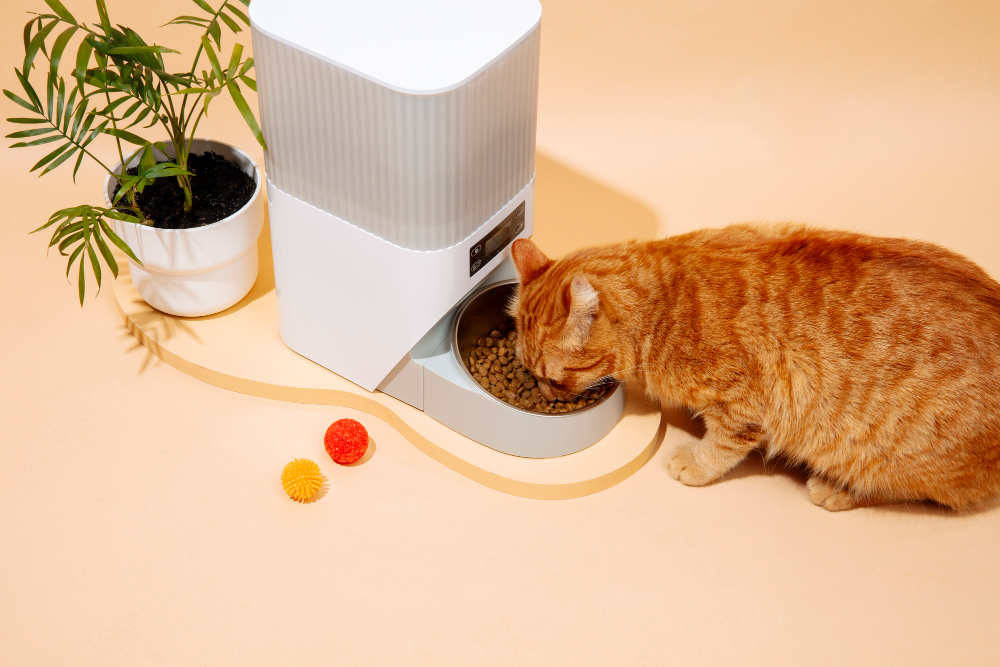What Is the Healthiest Cat Food for Indoor Cats

Indoor cats lead a lifestyle vastly different from their outdoor counterparts, often leading to unique dietary requirements. Unlike outdoor cats, indoor felines typically have lower energy expenditure and reduced opportunities for natural foraging and hunting. As a result, it’s crucial to select cat food that meets their specific nutritional needs while supporting their overall health and well-being. Understanding the basics of feline nutrition is the first step toward choosing the healthiest cat food for your indoor companion.
Key Ingredients to Look For
When it comes to selecting the healthiest cat food for indoor cats, quality is paramount. Look for cat foods made with high-quality protein sources, such as real meat, poultry, or fish, listed as the first ingredient. Protein is essential for maintaining lean muscle mass and supporting overall feline health. Additionally, opt for cat foods that contain a balanced blend of vitamins, minerals, and essential nutrients to meet your cat’s specific dietary requirements. Avoid products with fillers, artificial additives, and excessive carbohydrates, which offer little nutritional value and may contribute to obesity and other health issues.
Considering Your Cat’s Age and Health
Indoor cats have unique nutritional needs that may vary depending on factors such as age, activity level, and health status. Kittens, for example, require a diet rich in protein and calories to support their growth and development, while senior cats may benefit from lower-calorie formulas designed to support weight management and joint health. If your indoor cat has specific health concerns, such as allergies, digestive issues, or urinary tract problems, consider choosing cat food formulations tailored to address these issues.
Weighing the Pros and Cons
One of the perennial debates among cat owners is whether to feed their feline companions wet food, dry food, or a combination of both. Each option has its advantages and disadvantages, so it’s essential to consider your cat’s preferences, dietary needs, and lifestyle when making your decision. Wet cat food typically contains higher moisture content, which can help keep your cat hydrated and may be more palatable for picky eaters. On the other hand, dry cat food is convenient, easy to store, and may help support dental health by reducing plaque and tartar buildup.
Avoiding Overfeeding and Obesity
Maintaining a healthy weight is crucial for indoor cats, as obesity can lead to a host of health problems, including diabetes, arthritis, and heart disease. To prevent overfeeding and obesity, it’s essential to practice portion control and monitor your cat’s calorie intake. Follow the feeding guidelines provided on the cat food packaging, adjusting portion sizes as needed based on your cat’s age, weight, activity level, and health status. Avoid free-feeding, where food is available to your cat at all times, as this can lead to overeating and weight gain.
Expert Guidance and Recommendations
When in doubt about the healthiest cat food options for your indoor feline, don’t hesitate to seek guidance from your veterinarian. Your vet can offer personalized recommendations based on your cat’s individual needs and health status, taking into account factors such as age, weight, activity level, and any underlying health conditions. Additionally, your vet can provide valuable advice on transitioning your cat to a new diet, addressing any concerns or questions you may have along the way. With expert guidance and tailored recommendations, you can ensure that your indoor cat receives the nutrition they need to thrive.


